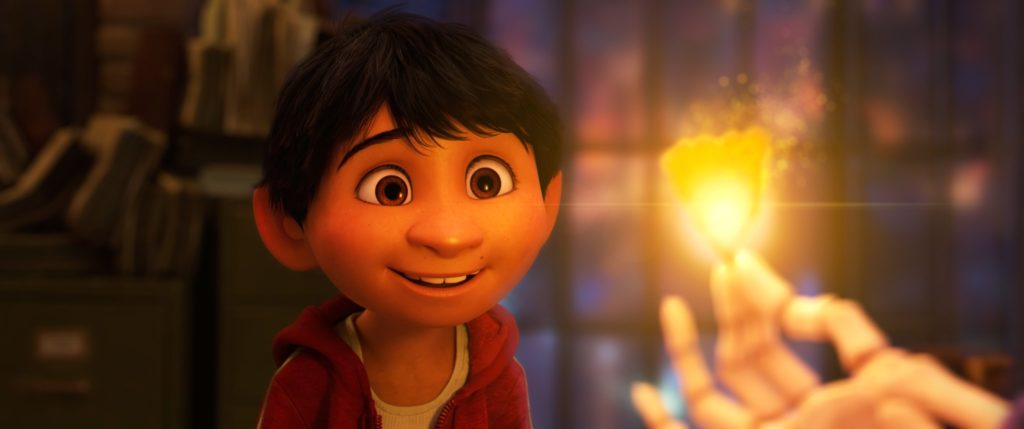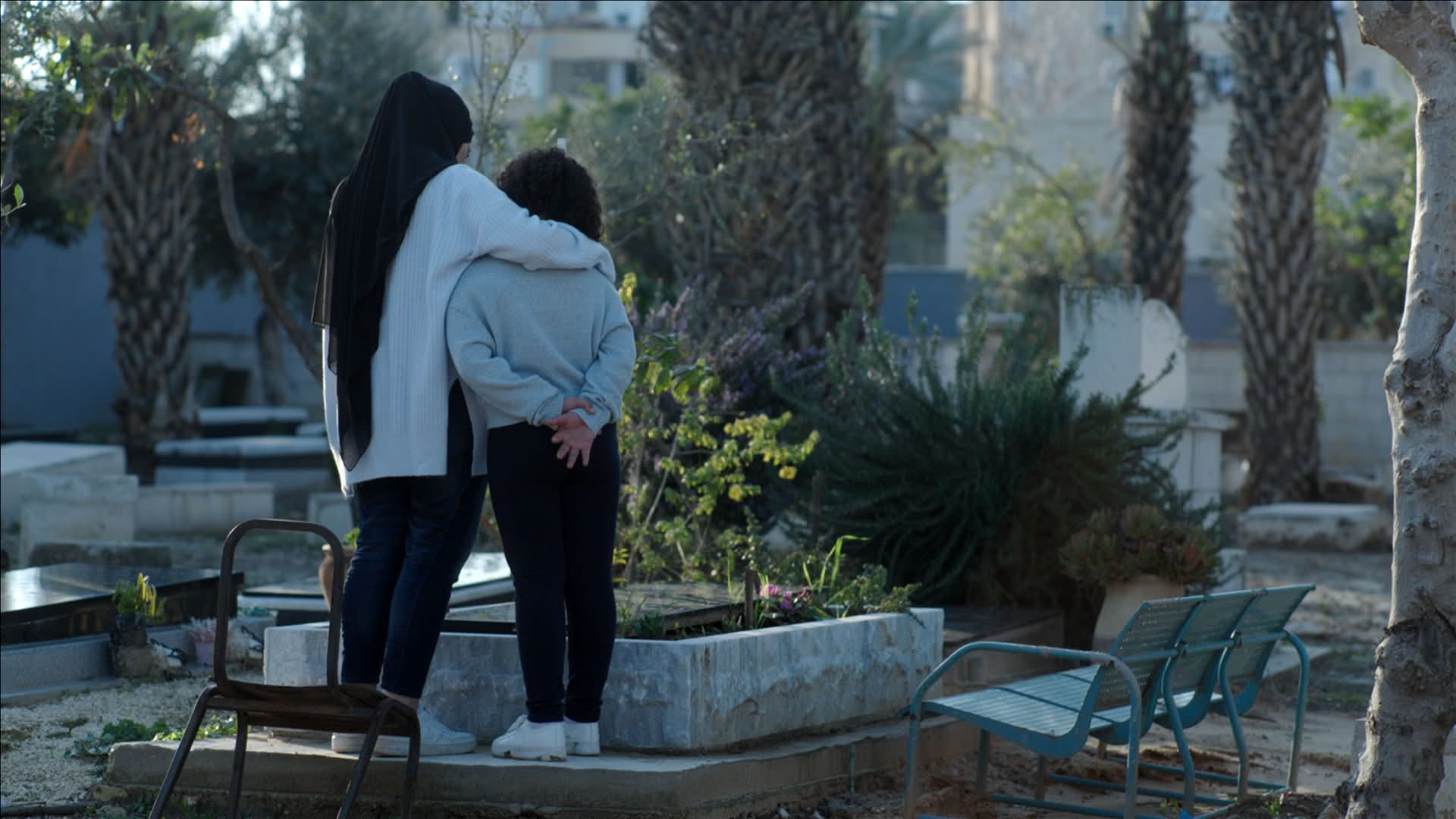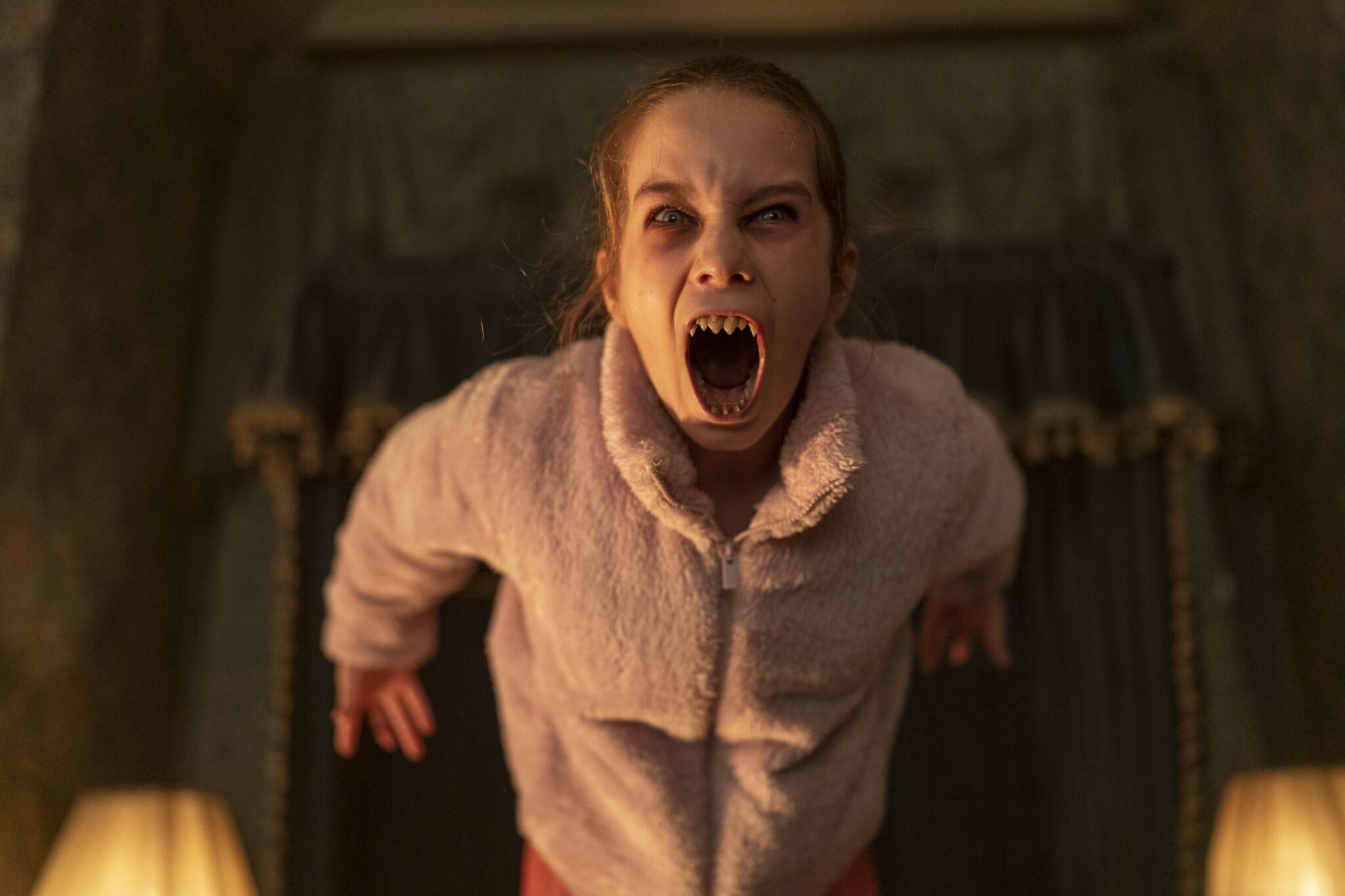 Miguel Rivera wants to be someone or more specifically, Miguel wants to be a musician like the great?Ernesto de la Cruz. But his great-great grandfather abandoned his family, specifically Miguel’s grandmother, Coco, and the family has always blamed this betrayal on his musical side, the side of whimsy, creativity, and care-lessness. Because of his abandonment, the ninety-nine-year-old Coco has banned music from the family, putting Miguel at direct odds with the female authority figures in his life. And then, on the Day of the Dead, Miguel tries to steal de la Cruz’s guitar from the town museum, and he’s magically transported to the land of the dead.
Miguel Rivera wants to be someone or more specifically, Miguel wants to be a musician like the great?Ernesto de la Cruz. But his great-great grandfather abandoned his family, specifically Miguel’s grandmother, Coco, and the family has always blamed this betrayal on his musical side, the side of whimsy, creativity, and care-lessness. Because of his abandonment, the ninety-nine-year-old Coco has banned music from the family, putting Miguel at direct odds with the female authority figures in his life. And then, on the Day of the Dead, Miguel tries to steal de la Cruz’s guitar from the town museum, and he’s magically transported to the land of the dead.
 This is the clever, complicated opening of Disney/Pixar’s?Coco, a delightfully colorful take on the coming-of-age story that combines elements of family, friendship, music, and calling. It is colorful in the way that Pixar has pushed the color spectrum, creating a palette that is bright and out of the whole crayon box; it is colorful in the way that the characters are delightfully developed, from Miguel and Coco, to the deceased family members Miguel meets in the land of the dead, and the way that the buddy/road trip movie takes Miguel on a tour of his history and emotions.
This is the clever, complicated opening of Disney/Pixar’s?Coco, a delightfully colorful take on the coming-of-age story that combines elements of family, friendship, music, and calling. It is colorful in the way that Pixar has pushed the color spectrum, creating a palette that is bright and out of the whole crayon box; it is colorful in the way that the characters are delightfully developed, from Miguel and Coco, to the deceased family members Miguel meets in the land of the dead, and the way that the buddy/road trip movie takes Miguel on a tour of his history and emotions.
 Coco also explores the concept proposed in the David Eagleman quote: “There are three deaths. The first is when the body ceases to function. The second is when the body is consigned to the grave. The third is that moment, sometime in the future, when your name is spoken for the last time.” Functioning through the celebration of the Day of the Dead, there is some bargaining that happens as Miguel attempts to return to the land of the living. The dead want their picture placed in a religious function called an ofrenda so that someone will remember them, and see Miguel as a means by which they will be remembered (allowing them to pass between the land of the dead and the land of the living). But in addition to being remembered, the dead struggle with being remembered correctly, an idea that Miguel unpacks as he learns the truth about his family’s history.
Coco also explores the concept proposed in the David Eagleman quote: “There are three deaths. The first is when the body ceases to function. The second is when the body is consigned to the grave. The third is that moment, sometime in the future, when your name is spoken for the last time.” Functioning through the celebration of the Day of the Dead, there is some bargaining that happens as Miguel attempts to return to the land of the living. The dead want their picture placed in a religious function called an ofrenda so that someone will remember them, and see Miguel as a means by which they will be remembered (allowing them to pass between the land of the dead and the land of the living). But in addition to being remembered, the dead struggle with being remembered correctly, an idea that Miguel unpacks as he learns the truth about his family’s history.
The film is magical, beautiful, and bold. It challenges us to see our memories in their correct light, to embrace who are called to be, and to pursue the dreams and hopes and passions within our hearts. Through Miguel, we see how these dreams are bigger than a single person, bound up intergenerationally in who we are and who are family was. In the end, we may unpack our legacy from the places it has been bound up, and delight in the good things God has put before us to explore and enjoy.





